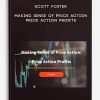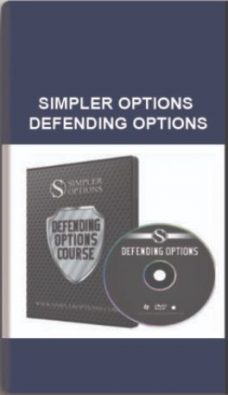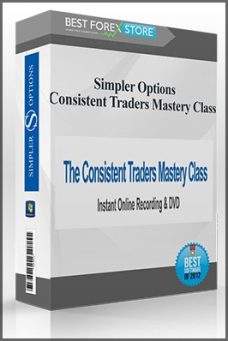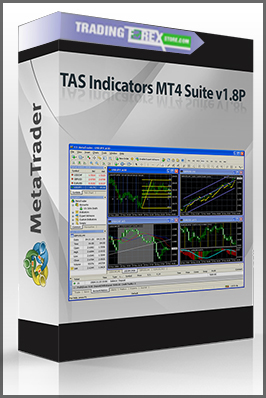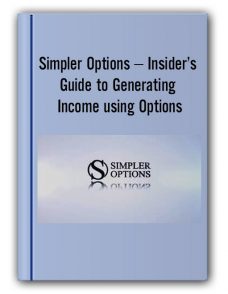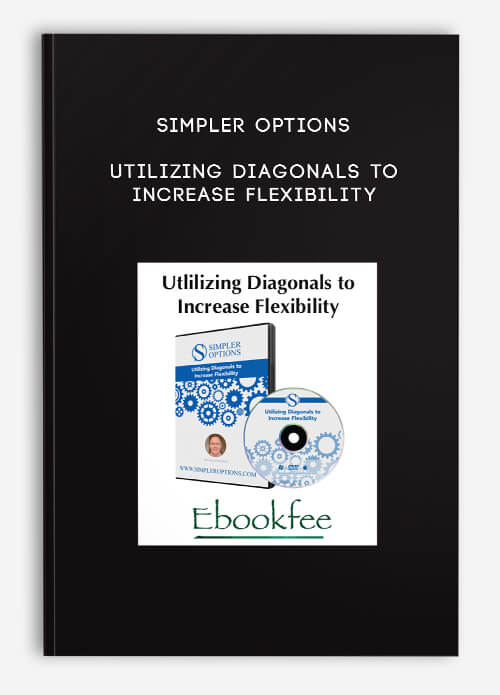

Simpler Options – Utilizing Diagonals to Increase Flexibility
$97.00 Original price was: $97.00.$32.00Current price is: $32.00.
Product Include:
File size:
- Description
Description
Simpler Options – Utilizing Diagonals to Increase Flexibility
**More information:
Get Simpler Options – Utilizing Diagonals to Increase Flexibility at bestoftrader.com
Description
Learn the most flexible trade in Bruce’s tool box – the “go to” diagonal trade. You will be amazed by its ease to use and be confident in picking the best stocks and ETFs.
What Will You Learn?
In this course, you will learn three “How To”:
- How to set up the Directional Theta Positive Position
- How to set up the trade with little to no cost other than margin
- How to choose and trade the best stocks and exchange-traded fund
And Bruce will answer four “What If”:
- What if you are fairly confident in a longer term move, but are unsure of direction in the short term?
- What if you think that a stock or the market has moved too far up or too far down and reversion to the mean is likely?
- What if you are just unsure on direction and are completely neutral on a stock or the market?
- What if you had a directional trade that could allow you to have little to no risk on the other side if you are wrong?
Course Breakdown
Strategy Session: 3 hours and 5 minutes
Live Trading: 3 hours
About the Content Providers:

About Bruce: Bruce is our Income Trading Specialist and devoted mentor. After spending many years on Wall Street managing institutional and retail accounts, we are lucky to have him trading in our Gold room most days. Bruce’s style is very versatile. Great for beginners, because he makes sure to give detailed explanations and also for experienced traders who are looking for new ideas. If you have a full-time job and can’t sit in front of the computer and watch markets all day, this is a great trading style for you.
Forex Trading – Foreign Exchange Course
Want to learn about Forex?
Foreign exchange, or forex, is the conversion of one country’s currency into another.
In a free economy, a country’s currency is valued according to the laws of supply and demand.
In other words, a currency’s value can be pegged to another country’s currency, such as the U.S. dollar, or even to a basket of currencies.
A country’s currency value may also be set by the country’s government.
However, most countries float their currencies freely against those of other countries, which keeps them in constant fluctuation.

